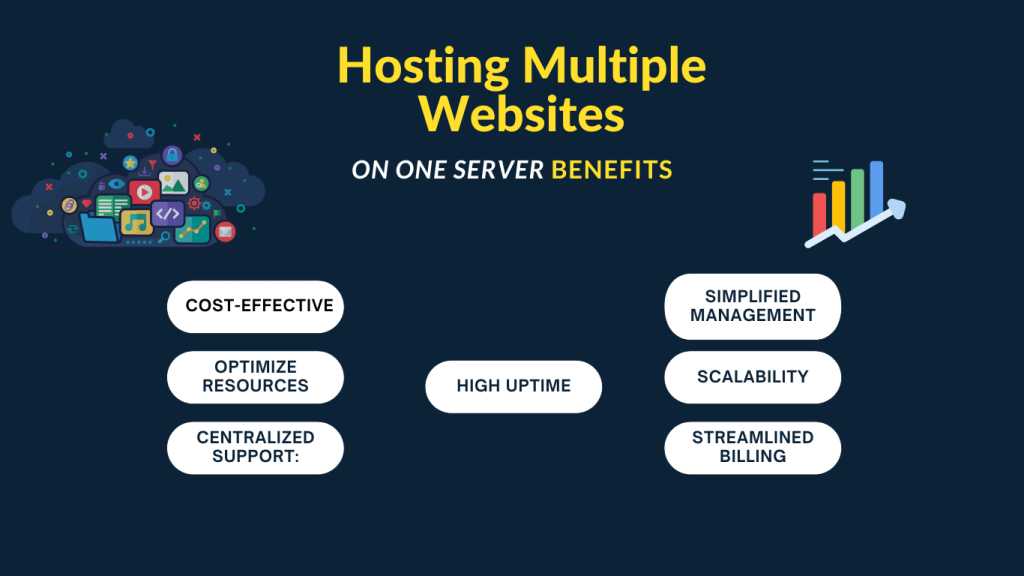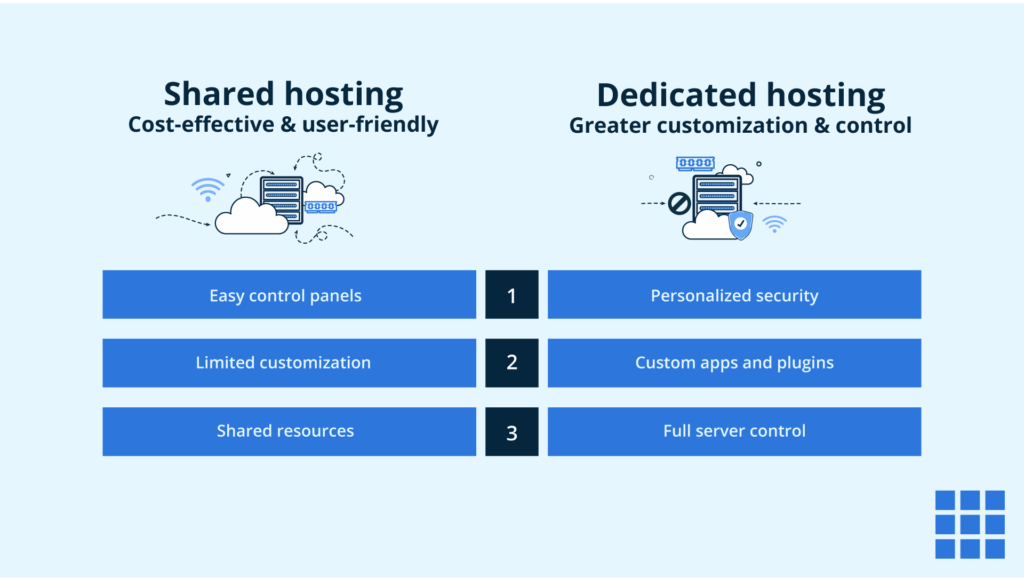Deploying a full-stack application is an essential step in bringing your code to life, enabling users to interact with your project in a real-world environment. However, with so many hosting options available, it can be challenging to determine the best fit for your needs. From shared hosting and cloud platforms to specialized services for specific frameworks, each option has its unique benefits and limitations. This post will give you a comprehensive overview of the top hosting choices, helping you make an informed decision for your next full-stack deployment.
Understanding the range of hosting options can significantly enhance a developer’s productivity, especially when working in teams. For tips on effectively collaborating as a full-stack developer, check out this guide on Best Practices for Working in Teams as a Full Stack Developer.
Key Considerations for Full Stack Hosting
Before diving into specific hosting options, it’s essential to understand the core factors that can impact your hosting decision:
- Scalability: Consider whether the host can handle your application as it grows.
- Cost: Balancing affordability with reliability is crucial, especially for startups.
- Ease of Management: Full-stack developers often need hosting options that simplify deployment and management, especially for backend-heavy applications. For an overview of the frontend and backend balance in full-stack work, see Frontend vs. Backend: What You Need in a Full Stack Developer.
- Performance: Hosting directly impacts app speed, user experience, and search engine rankings. A deep understanding of performance optimization can be highly beneficial. Read more on Boosting Performance in Full Stack Applications for practical strategies.
Quote: “Choosing the right hosting is more than just about where to place your code—it’s about ensuring your app performs seamlessly, scales efficiently, and serves users reliably.”
Types of Hosting Options for Full Stack Deployment
Let’s explore some popular hosting options that cater to full-stack deployments, each designed to address varying levels of complexity, scalability, and ease of use.
1. Shared Hosting
Shared hosting is one of the most budget-friendly options available. In shared hosting, multiple websites are hosted on the same server, sharing resources such as CPU, memory, and storage. It’s ideal for small projects, prototypes, or portfolios that don’t require high performance or scalability.
- Pros: Cost-effective, easy to set up, and suitable for small-scale applications.
- Cons: Limited scalability, lower performance, and minimal customization options.

2. Virtual Private Server (VPS)
VPS hosting offers a significant step up from shared hosting, providing a dedicated portion of server resources through virtualization. This option balances affordability with better performance and scalability, making it a popular choice for mid-sized applications.
- Pros: Dedicated resources, better control, and greater flexibility.
- Cons: Requires some server management knowledge and higher cost than shared hosting.
With VPS, developers can optimize both frontend and backend components independently, ensuring a more stable and responsive application. It’s a great option for projects where control over the server environment is important, but full management of a dedicated server is unnecessary.
3. Dedicated Server
A dedicated server provides full control over a physical server. It’s an excellent choice for high-traffic applications or projects requiring significant customization and resources.
- Pros: Complete control, high performance, and scalability.
- Cons: High cost and requires expert knowledge for management and maintenance.
Dedicated servers are ideal for complex applications where backend services need considerable processing power. However, they are usually overkill for smaller applications due to their high cost and maintenance requirements.

4. Cloud Hosting
Cloud hosting has become one of the most popular hosting solutions for full-stack applications, offering unmatched scalability and reliability. With cloud hosting, resources are distributed across multiple servers, ensuring high availability and redundancy.
- Pros: High scalability, flexibility, and reliability.
- Cons: Cost can increase with usage, and management complexity varies depending on the cloud service provider.
Leading cloud providers such as AWS, Google Cloud Platform, and Microsoft Azure offer robust services tailored for full-stack applications. Cloud hosting is especially useful for applications that experience fluctuating traffic since it allows you to scale resources on-demand. With cloud solutions, developers can configure environments optimized for both frontend and backend components, enhancing overall performance.
5. Platform-as-a-Service (PaaS)
Platform-as-a-Service (PaaS) is a fully managed hosting environment that takes care of server management, scaling, and infrastructure maintenance. It allows developers to focus solely on building and deploying code without worrying about the underlying hardware. Examples of PaaS providers include Heroku, Google App Engine, and AWS Elastic Beanstalk.
- Pros: Simplifies deployment, handles scaling and maintenance, and speeds up development.
- Cons: Limited control over infrastructure and potentially higher costs.
PaaS is ideal for developers who want to concentrate on coding without dealing with server management. By abstracting infrastructure management, PaaS providers enable faster development cycles, which is perfect for applications that need quick iterations and updates.
6. Serverless Hosting
Serverless hosting is another innovative approach where developers deploy functions or small code snippets that automatically execute when triggered, without needing to manage a dedicated server. Providers like AWS Lambda, Google Cloud Functions, and Azure Functions offer serverless options.
- Pros: Scalability on demand, cost-effective, and reduces the need for server maintenance.
- Cons: Limited control over the environment, potential cold start latency, and more complex debugging.
Serverless hosting is well-suited for applications with event-driven architecture or services that don’t require constant server operation. Serverless functions can significantly reduce costs by only charging for active usage, making it an attractive option for apps with unpredictable traffic patterns.
Choosing the Right Hosting for Your Full Stack Application
Selecting the right hosting for your full-stack deployment depends on your project’s requirements, budget, and expected traffic. Here’s a quick summary to help you decide:
- Small projects or prototypes: Consider Shared Hosting or VPS.
- Medium-sized applications needing control: VPS or Dedicated Servers are good choices.
- Scalable applications with high traffic: Cloud Hosting provides flexibility and resources.
- Development-focused teams without infrastructure management: PaaS simplifies the development process.
- Event-driven applications: Serverless hosting is efficient and cost-effective for unpredictable workloads.
Conclusion
The hosting landscape offers many options for full-stack developers, each designed to accommodate varying levels of complexity, scalability, and budget requirements. Choosing the right hosting solution is critical for optimizing your application’s performance, ensuring reliable uptime, and providing a seamless user experience. By aligning your hosting choice with your project’s specific needs, you can set a solid foundation for your application’s success.
For more insights on building effective full-stack solutions, read our guide on Frontend vs. Backend: What You Need in a Full Stack Developer or explore strategies for Boosting Performance in Full Stack Applications.









